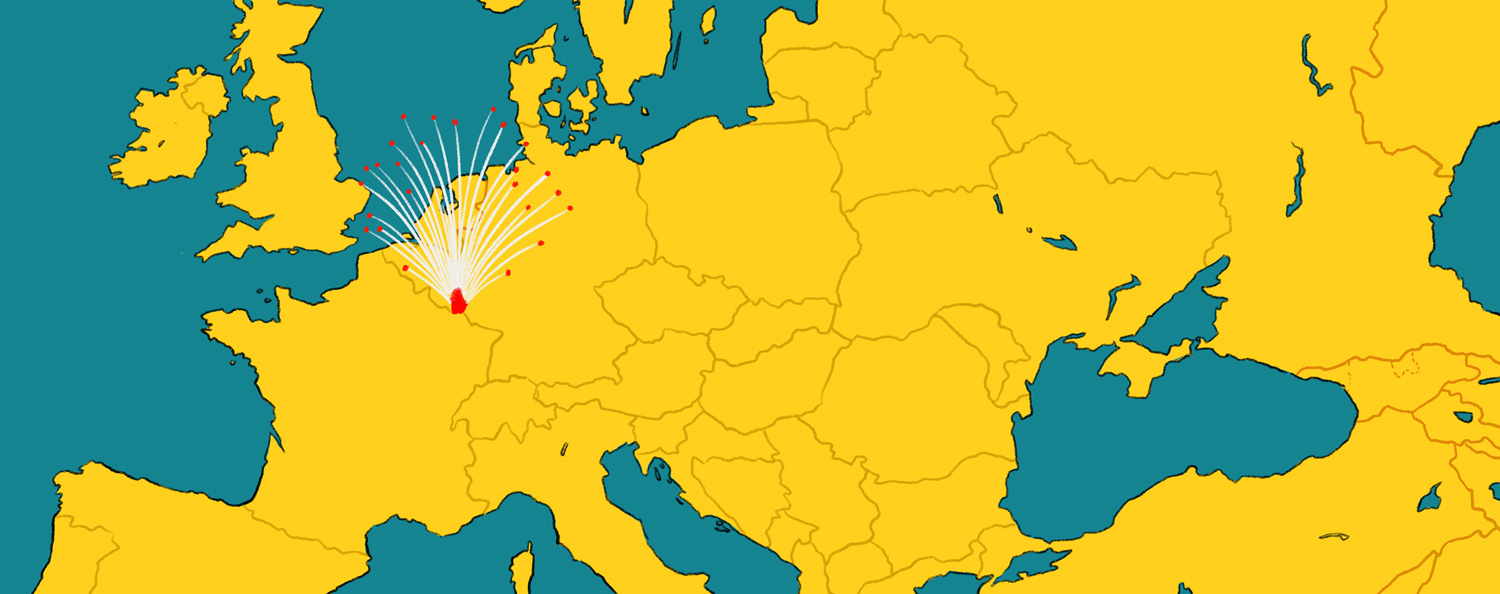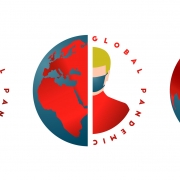Bank of Canada Achieves Operational Excellence
The team approach helped the Bank earn Uptime Institute’s M&O Stamp of Approval
By Matt Stansberry
The Bank of Canada is the nation’s central bank. The Bank acts as the fiscal agent of the Canadian government, managing its public debt programs and foreign exchange reserves and setting its monetary policy. It also designs, issues, and distributes Canada’s bank notes. The Bank plays a critical role in supporting the Canadian government and Canada’s financial system. The organization manages a relatively small footprint of high-criticality data centers.
Over the last several years, the Bank has worked with Uptime Institute to significantly upgrade its data center operations framework, and it has also implemented a cross-disciplinary management team that includes stakeholders from IT, Facilities Management, and Security. The Bank adopted Uptime Institute’s Integrated Critical Environment (ICE) team concept to enhance the effectiveness of the collaboration and shared accountability framework between the three disciplines.
These efforts paid off when the Bank of Canada received a 93% score on the Uptime Institute’s M&O Assessment, which surpassed the 80% pass requirement and the 83% median score achieved by approximately 70 other accredited organizations worldwide. These scores helped the Bank achieved the M&O Stamp of Approval in October 2015.
ICE Program Project Manager Megan Murphy and ICE Program Chairperson David Schroeter explain the challenges and benefits of implementing a multidisciplinary team approach and earning the M&O Stamp of Approval from Uptime Institute.
Uptime Institute: Uptime Institute has been advocating that companies develop multidisciplinary teams for about a decade. Some leading organizations have deployed this kind of management framework, while many more still struggle with interdisciplinary communication gaps and misaligned incentives. Multidisciplinary teams are a highly effective management structure for continuously improving performance and efficiency, while increasing organizational transparency and collaboration. How has your organization deployed this team structure?
Megan Murphy: The Bank likes to shape things in its own way. Certain disciplines are near and dear to our hearts, like security. So our multidisciplinary approach integrates not just IT and Facilities but also Security and our Continuity of Operations Program.
The integrated team looks after the availability and reliability of the Bank’s critical infrastructure supporting the data center. The team is the glue that binds the different departments together, with a common objective, same language and terminologies, and unified processes. It ultimately allows us to be more resilient and nimble.
The integrated team is virtual, in that each representative reports to a home position on a day-to-day basis. The virtual team meets regularly, and representatives have the authority to make decisions on behalf of their individual stakeholder groups.
The team functions like a committee. However, where the term “committee” may sound passive; the Bank’s team functions more like a “super committee with teeth.”
David Schroeter: We come together as a committee to review and discuss changes, incidents, schedules as well as coordinate work flows. It requires a lot of effort from the individuals in these departments because of the rigor of the collaborative process, but it has paid off.
As an example, recently there was a facilities infrastructure issue. As a result of the multidisciplinary approach framework, we had the right people in the room to identify the immediate risks associated with this issue and identified that it had a significant impact on other critical infrastructure. We shifted our focus from a simple facilities repair to consider how that change might affect our overall business continuity and security posture.
This information was then quickly escalated to the Bank’s Continuity of Operations office, which activated the corporate incident management process.
It sounds like the collaboration is paying significant benefits. Why did your organization take this on?
Schroeter: Like other large corporations, our IT and Facilities teams worked within their own organizations, with their own unique perspectives and lenses. We adopted a multidisciplinary approach to bring the stakeholders together and to understand how the things they do every day will inherently impact the other groups. We realized that by not managing our infrastructure using a collaborative team approach, we were incurring needless risk to our operations.
Murphy: This concept is new to the organization, but it reflects a key tenet of the Bank’s overall vision—bringing cross-functional groups together to solve complex issues. That’s really what our team approach does.
Uptime Institute: How did you get started?
Schroeter: We used an iterative approach to develop the program through a working group and interim committee, looking at interdependencies and overlaps between our departments procedures. Gaps in our processes were revisited and addressed as required.
Murphy: We weren’t trying to reinvent things that already existed in the Bank but rather to leverage the best processes, practices, and wisdom from each department. For example, the IT department has a mature change management process in place. We took their change management template and applied it across the entire environment. Similarly we adopted Security’s comprehensive policy suite for governing and managing access control. We integrated these policies into the process framework.
Schroeter: In addition, we expanded the traditional facilities management framework to include processes to mitigate potential cyber security threats.
The multidisciplinary team allows us to continually improve, be proactive, and respond to a constantly changing environment and technology landscape.
Uptime Institute: Why did you pursue the M&O Stamp of Approval?
Murphy: It gave us a goal, a place to shoot for. Also, the M&O Stamp of Approval needs to be renewed every two years, which means we are going to be evaluated on a regular basis. So we have to stay current and continue to build on this established framework.
Schroeter: We needed a structured approach to managing the critical environment. This is not to say that our teams weren’t professional or didn’t have the competencies to do the work. But when challenged on how or why we did things, they didn’t have a consistent response.
To prepare for the M&O Assessment with Uptime Institute Consultant Richard Van Loo, we took a structured approach that encourages us to constantly look for improvements and to plan for long-term sustainability with a shared goal. It’s not just about keeping the wheels from falling off the bus. It’s about being proactive—making sure the wheels are properly balanced so it rolls efficiently.
Always looking ahead for issues rather than letting them happen.
Did you have any concerns about how you might score on the M&O Assessment?
Schroeter: We were confident that we were going to pass and pass well. We invested a significant amount of time and effort into creating the framework of the program and worked closely with Richard to help ensure that we continued on the right path as we developed documentation. Although we were tracking in the right direction and believed we would pass the assessment, we were not expecting to achieve such a high score. Ultimately our objective was to establish a robust program with a proper governance structure that could sustain operations into the future.
Uptime Institute: What was the most difficult aspect of the process?
Schroeter: Team members spent a lot of time talking to people at the Bank, advocating for the program and explaining why it matters and why it is important. We drank a lot of coffee as we built the support and relationships necessary to ensure the success of the program.
Uptime Institute: What surprised you about the assessment?
Murphy: Despite the initial growing pains that occur when any team comes together, establishing a collective goal and a sense of trust provided the team with stronger focus and clarity. Even with the day-to-day distractions and priorities and different viewpoints, the virtual team became truly integrated. This integration did not happen serendipitously; it took time, persistence, and a lot of hard work.
Uptime Institute: Did having a multidisciplinary team in place make the M&O Assessment process more or less difficult?
Murphy: The multidisciplinary approach made the M&O Assessment easier. In 2014, at the beginning of the process, there were some growing pains as the group was forming and learning how to come together. But by October 2015 when we scored the M&O Assessment, the group had solidified and team members trusted each other, having gone through the inherent ups and downs of the building process. As a result of having a cohesive team, we were confident that our management framework was strong and comprehensive as we had all collaborated and participated in the structure and its associated processes and procedures.
Having an interdisciplinary team provided us with a structured framework in which to have open and transparent discussions necessary to drive and meet the objectives our mandate.
Uptime Institute developed the concept of Integrated Critical Environments teams nearly a decade ago, encouraging organizations to adopt a combined IT-Facilities operating model. This structure became a lynchpin of M&O Stamp of Approval. During the assessment, the participant’s organizational structure is weighted very heavily to address the dangerous misperception that outages are a result of human error (the individual) while they are statistically a result of inadequate training, resource, or protocol (the organization).
Matt Stansberry is Director of Content and Publications for the Uptime Institute and also serves as program director for the Uptime Institute Symposium, an annual event that brings together 1,500 stakeholders in enterprise IT, data center facilities, and corporate real estate to deal with the critical issues surrounding enterprise computing. He was formerly editorial director for Tech Target’s Data Center and Virtualization media group, and was managing editor of Today’s Facility Manager magazine. He has reported on the convergence of IT and facilities for more than a decade.







 2020
2020
 Uptime Institute, 2019
Uptime Institute, 2019